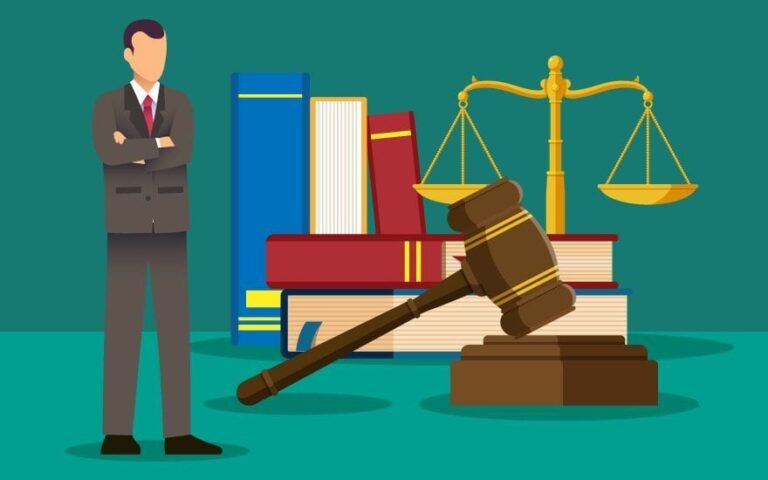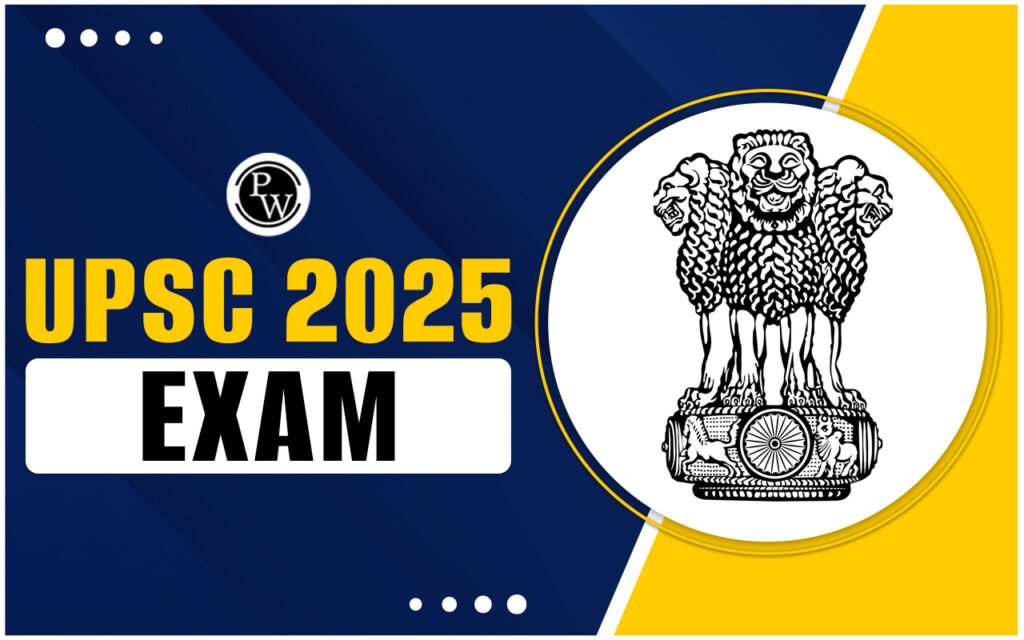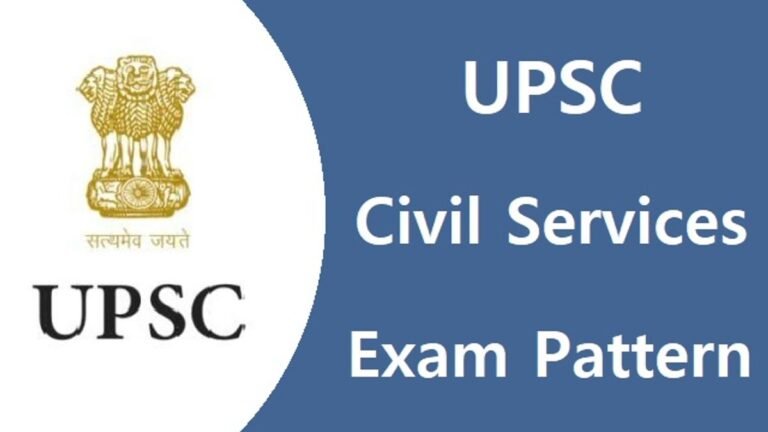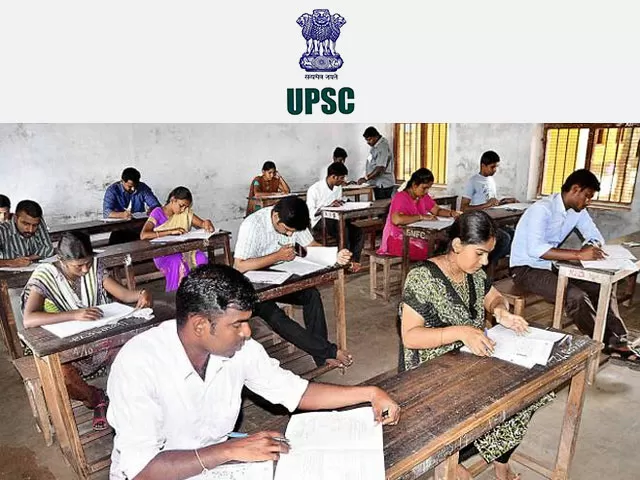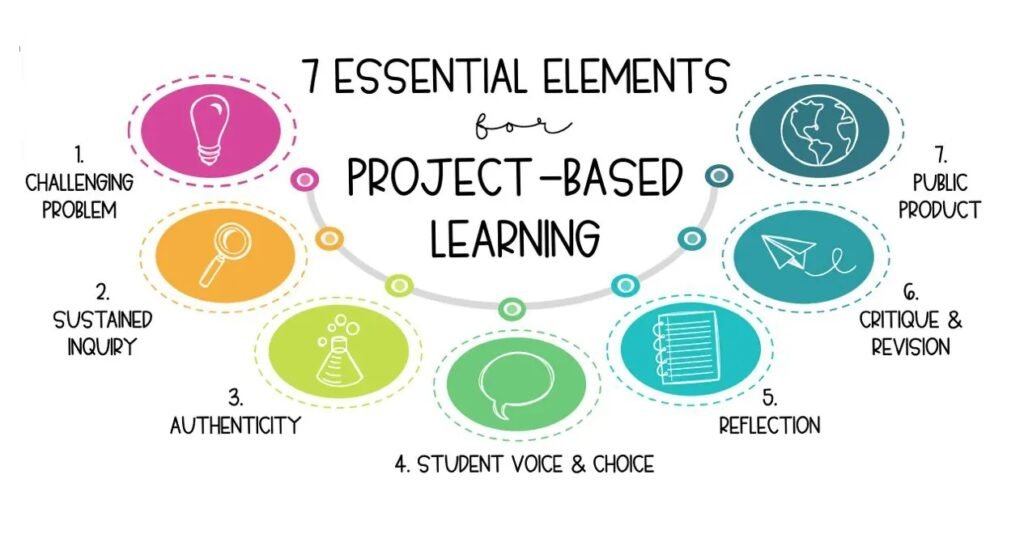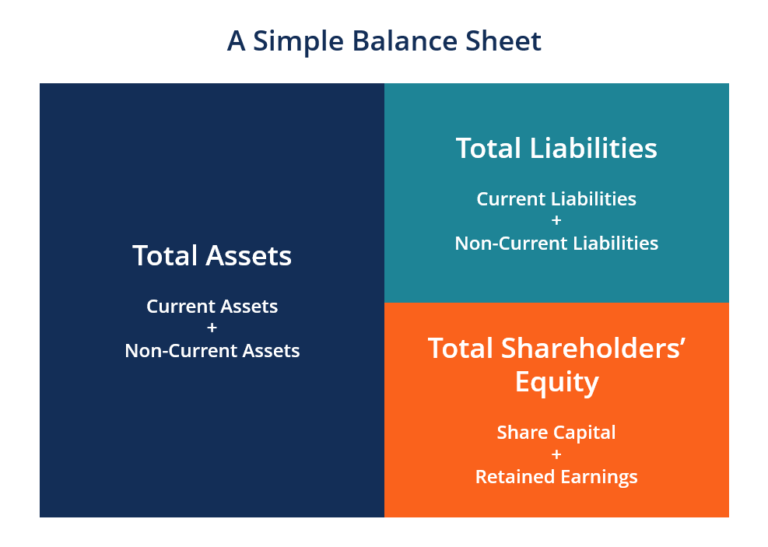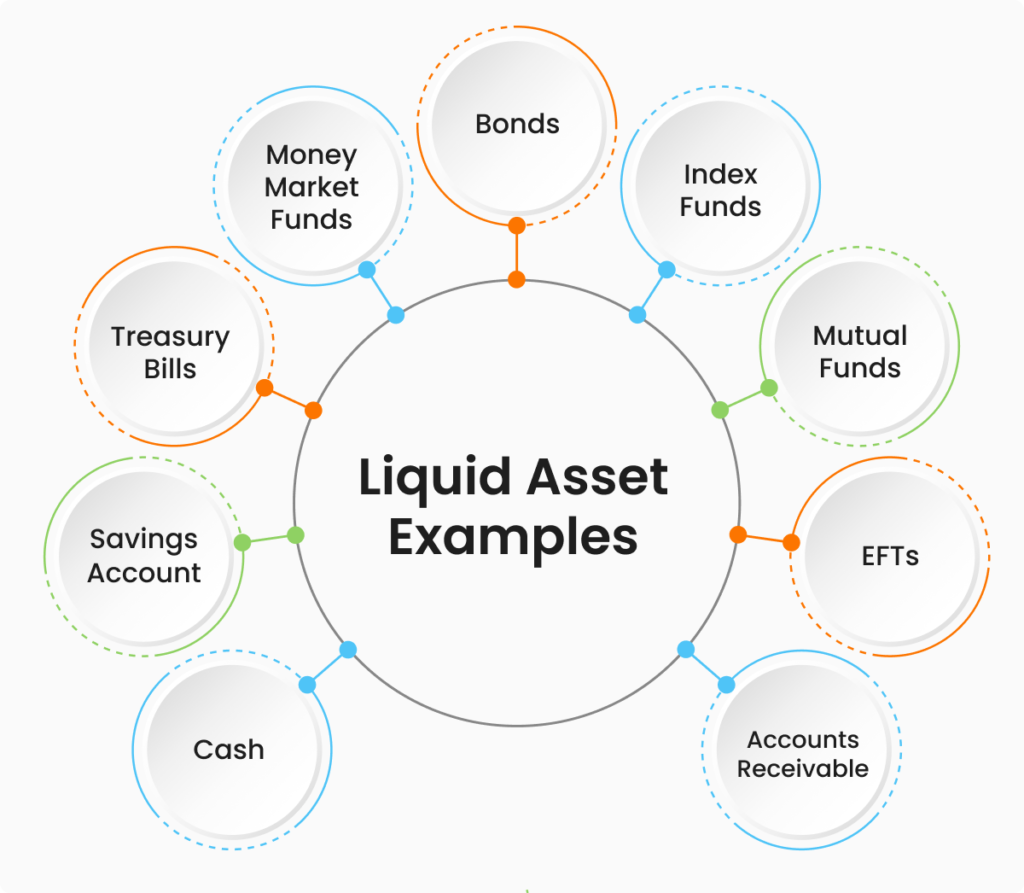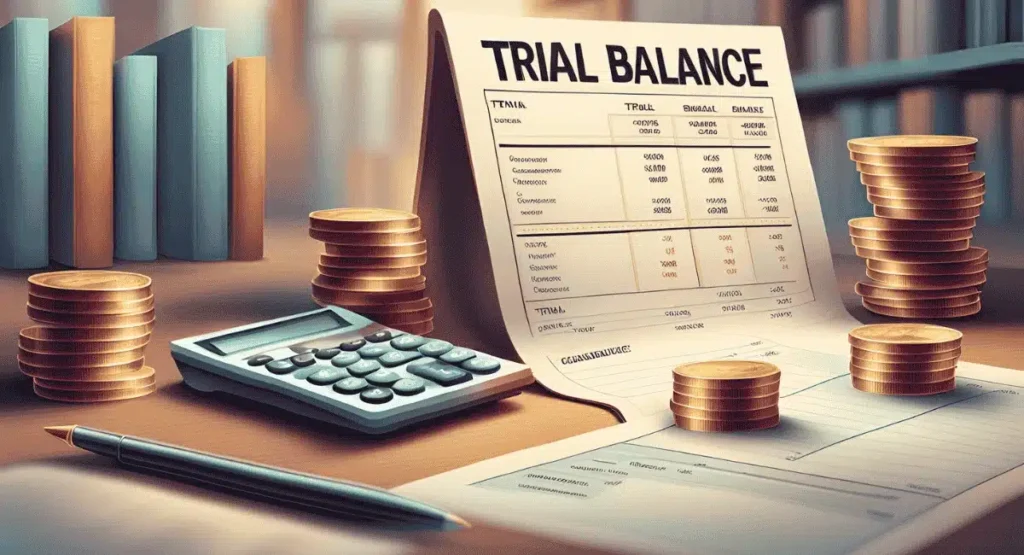Checkout These Topics under this article : Admission in Law colleges without Entrance Exam , BA LLB or LL.B which is Better Course , BEST STREAM FOR DOING LL.B , BALLB without appearing in CLAT , Best BA LLB Colleges in India .
Introduction
Law is one of the noblest professions in India and across the world. Law is ever changing and evolving and develops and progresses as the society develops. Law as a career is great attraction for the youth in today’s scenario.
Various Law Colleges have been established across the country both private and government institutions that offer quality education and are producing young lead of budding professional.
awyers act as officers of court and helps the society to get justice and get the criminals behind the bars. They help the common man in getting justice at their doorstep. Also Check B.Tech Course
Admission in Law Colleges are done on the basis of merit and common law admission test (CLAT). Many private universities conduct their own entrance exam having pattern similar to that of CLAT. Some universities also take direct admission on the basis of merit.
Cutoff for admission in Law college varies from college to college. For general category cutoff is 45% and for reserved category it is 40% . The students are offered direct admission in some law colleges on the basis of merit cutoff percentage.
Though in order to get admission in Law courses 5 year course and 3 year course one needs to clear national level entrance test but this criteria can be waived off depending on the college norms and policies.
Thus we can say Law is a professional degree course in which students all over the country aspire for and take part in the national state and university level entrance test depending on their choice and preference, whereas some may directly take admission in colleges on the basis of merit percentage. IIMT College of Law, Greater Noida is a private law school that was founded in 2015 and is accredited by the BCI.
The results of national or state entrance exams are used to determine admission, which is followed by a Group Discussion and a Personal Interview. The eligibility criteria for taking admission in B.A.LL.B & LL.B are 45 %in case of general category and 40% in case of SC/ST. This is it in Admission in Law colleges without Entrance Exam .
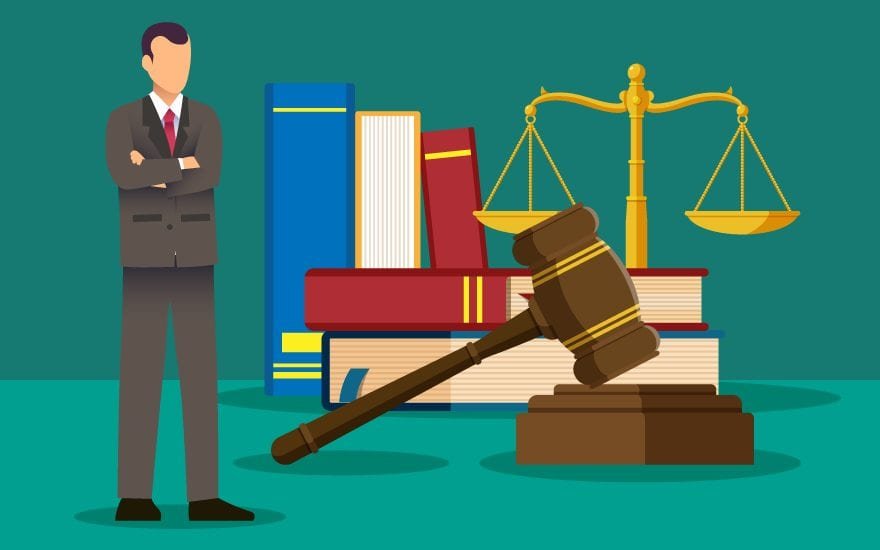
BA LLB or LL.B which is Better Course
Check BA LLB or LL.B Which is Better Course here. One of the most difficult aspects of a law student’s career is deciding on the right career path as well as the course. “Which is the greatest law course?” “Should I pursue a five-year integrated course or an LLB after graduation?” “Which is the better of the two?” and “which is the better one among the two” are some of the most frequently asked in the field of law education.
A three-year LLB degree is a graduate programme. Only after graduating from high school can students enrol in a three-year LLB programme. The course will last three years. The course’s goal is to concentrate on various parts of legal education and equip students to practice law or work as legal consultants in the corporate sector.
Within months of starting the course, students master the Indian Penal Code (IPC), the Code of Criminal Procedure (CrPC), and other disciplines, whereas five-year students are normally in their third or fifth year of law school.
The LLB curriculum is a five-year comprehensive programme. Along with the main disciplines listed in the LLB degree, this course includes a graduate programme such as BA, BBA, B.Com, and so on.
The programme lasts for five years. The sole distinction is that, in addition to fundamental law education, this curriculum also concentrates on basic graduate level disciplines. Scholars who enrolled in this 5-year integrated course have early access to courtroom practice in college.
Their curriculum also includes Moot Courts, research submissions, and Mock Trial courts.
The aspirant’s priorities will determine his or her legal professional route. If an aspirant wishes to pursue a profession in law with distinction, a five-year law degree is the finest option. In comparison to 3-year LLB programs, the Integrated 5-year course saves one year of schooling while providing the same educational value to applicants.
If an aspirant wishes to get experience in a variety of fields of education, he or she should choose three graduation courses in different fields of education, such as BA, BBA, B.Sc., B.Com, and so on, and then apply for or enroll in a three-year LLB program . This is it in BA LLB or LL.B which is Better Course .Check Other Post For more Updates.
BEST STREAM FOR DOING LL.B
Checkout Best Stream For Doing LL.B Because Lots of Students Get Confuse on Same Question like Best Stream for Doing LL.B .There are two ways for obtaining a Law degree after passing class 12th. One option is the 5year course, which a student can opt for after class 12th and second is the 3 year course, which can be taken up after graduation. Till recent years ago the only option for students was BA (LLB), where apart from the Laws (criminal, civil, corporate etc.), one would also study a few Humanities subjects like History, Sociology and Economics as a base for completely law subjects.
The small difference between a 3-year L.L.B course and 5-year L.L.B course is that in the former you only study core Law subjects, while the latter also teaches basic subjects of graduation like Sociology, History, Political Science, Economics along with the core subjects of Law.

Hence a lot depends on students whether they choose BA LLB (5 year integrated course) or LLB (3 year course). Based on the choice of the student, one can choose whether he or she wants to work for a law firm, join the practice of another lawyer.
While many would advise that opting for Law after completing 12th in the science stream is not the best choice you can probably make, it is lesser known to the people that the stream does not really matter when it comes to pursuing higher education in law.
If a student with the curiosity to know more and more about the prevailing legal system of India or someone who just wants to enquire into a whole range of legal disciplines, then pursuing law is the best option for you. Must Check Accounting .
Usually LLB is pursued by working professionals. BA LLB is more popular among students who are more sure about what to do after class 12th and wants to save their one year because LLB after graduation will take total 6 years. This is It BEST STREAM FOR DOING LL.B Check other post for Recent Updates.
BALLB Without Appearing in CLAT
There are a number of institutions that take admission directly and those are generally below average. If a student elects to take admission to a law institution over CLAT, we guarantee that to be a better and well choice. Check BALLB Without Appearing in CLAT under This Article.
CLAT occurs to be a substantial standard to select the best institution. There are some of private institutions and campuses that have set away 10% of the chosen seats to be complete up over Management Quota and that is acceptable. Though, we advise you to go for an institution that takes admission over entrance examination.
An Institution substance in the complete growth of a student as it embraces forth several amenities as that of a good faculty base, cutting edge structure and great educational atmosphere for its students. Be sure of these constraints and decide consequently. Several private universities conduct their own entrance examination having an exam outline like to CLAT but with less effort level.
Many private universities are offering Law courses like BA LLB, BBA LLB and even BCom LLB .There are so many options for getting admission in BALLAB without clearing CLAT Exam. AILET: Entrance exam for NLU-Delhi .SET (Symbiosis Law School Entrance Test)- Entrance exam for Symbiosis Law Schools.
IPUCET-Entrance exam for various law schools across Delhi. CHRIST UNIVERSITY ENTRANCE TEST-Entrance exam for Christ University, Bangalore .LSAT-Entrance exam for various exams across nation including Jindal Global Law School .BHU ENTRANCE TEST Entrance exam for Banaras Hindu University .
BVP ENTRANCE TEST-Entrance exam for Bhartiya Vidyapeeth. Abovementioned institutions are offering admission in 5-year Law Gradation If you are looking for admission to any law school, then CLAT is not necessary. But, if you are looking forward to the top law schools then CLAT is a must. Other than CLAT, one can target AILET for NLU Delhi, SET for Symbiosis Colleges, Christ University etc. Integrated. This is It in BALLB Without Appearing in CLAT Check Other Recent Updates also .
BEST BA LLB COLLEGES IN INDIA
Checkout BEST BA LLB COLLEGES IN INDIA Here. There are many law colleges in India that offer that offer BA LLB course but these are the times of excellence where only the best survives. The IIMT law college is the top law College in India, with many facilities that enhance the skills of students in various ways.
In recent times the popularity of the course has increased due to high job prospects. In India, there are around 200 BA LLB colleges affiliated to different universities which provide world-class educational programs to students. We stand out among many institutions that offer this course with our multi-dimensional approach towards education impartment.
IIMT feel proud that Their students are good in academic as well as co-curricular and extra-curricular activities. In the last couple of years, we along with our students, have strived much for excellence and have achieved positive and brilliant results in majority of our activities conducted through online and offline mode.
IIMT Law college has made a name for itself in Law field through tremendous hard work and that is why admission here is much sought after. Our aim is to spread legal awareness amongst students and common man of India. We are doing it by carrying out various programs like guest lecture, awareness camps, seminars, legal counselling, poster making and street plays etc.
To further achieve our objective, we make our students play an active role in various activities held under our College. We offer scholarships to meritorious students and groom them to achieve many heights in life through PDP classes. Admission for the current academic year is open in our college.
We seek to give students the best in the academic field. We have everything that students expect from their institution and continuously strive to be the best among all institutions that offer this course. This is it in BEST BA LLB COLLEGES IN INDIA .
Better Option After 12th BA Then LLB or BALLB
Students who have interest in legal profession can do L.L.B course after 12th or graduation. The students who want to pursue L.L.B after 12th can take admission in 5 year Integrated L.L.B course while 3 year L.L.B course is available for graduates. The advantage of five year course is that the students will get the benefit to save one year.
A three year L.L.B course is a best option for those who decide to choose legal profession after graduation . This course not only covers theoretical aspects but also include practical sessions like court attendance and training at legal aid centers.
Research projects are also in the course structure .After pursuing 5-year integrated course, candidates can join the post graduate diploma courses like Criminology, Forensic Sciences, International Law, Taxation and Labor.
They can do postgraduate degree courses like LLM. After completion of integrated LLB course, They can start up their career as apprentices or assistants.
After getting experience they can find better job opportunities like legal advisors, company secretary, oath commissioner or judge .LLM is the best option for the candidates who have completed three year LLB course.
After completing three year LLB course, candidates can start their career as lawyers, legal consultants, oath commissioner or company secretary.
But they need to register with Bar Council and gain experience as a practitioner of Law. The main advantage of five year LLB course over three year LLB course is that the candidates can save one year..
Integrated course will give them an opportunity to complete their law course without any break. It is better for those who have interest in a legal profession after 12th. If the candidates are interested to do LLB as an additional course after graduation, then three year course is better for them.
B.COM & B.A.LL.B
With law turning into one in every of the foremost well-liked fields of study within the past few years, many choices have started ontogeny within the field with relevancy the courses and career choices.
Statistics have shown that in each session, the entire variety of scholars applying for law admissions in Bharat exceeds that of the previous year. they seem for the varied law entrance exams so as to secure a seat in one in every of the highest law faculties of the country. a number of the foremost asked for integrated law courses embrace B.A. LL.B (Bachelor of Arts and Bachelor of Law) and B.Com LL.B (Bachelor of Commerce and Bachelor of Law).
Deciding between the courses of BA Bachelor of Laws and B.Com Bachelor of Laws may be a Brobdingnagian challenge for law aspirants. As each the courses area unit collegian degrees in law with a lot of or less a similar career prospects, candidates notice it troublesome to make a decision that one ought to they enter in. this text offers a close analysis of the programmes of BA Bachelor of Laws and B.Com LLB.
Students trying forward to taking admission to any of those law courses will check the knowledge provided. There was a time once education in Law meant a BA LL.B. program when graduation. The trend has modified currently, and students curious about law choose a 5-year program–(B.A., LL.B.) or (B.Com., LL.B.) from one in every of the National Law Universities or elsewhere.
There area unit as several as twenty NLUs within the country currently, and plenty of of them supply courses apart from B.A., LL.B. program. As several as four NLUs supply (B.A., LL.B.) program and a couple of NLUs supply (B.Com. LL.B.) program. Of these AN integrated Bachelor of Laws degree with Commerce or Business is unquestionably a far better possibility compared with (B.A., LL.B.).
In my opinion, (B.B.A., LL.B.) is even higher than (B.Com., LL.B.) because the former is a lot of business homeward-bound whereas the latter is a lot of educational in nature and so suits those students UN agency would like to induce into teachers.
The explanation is that a lot of students, when graduating in Law, begin operating for a few house or company. In fact, a decent share of young lawyers choose a career within the company world.
Table Of Content
- Admission in Law colleges without Entrance Exam
- BA LLB or LL.B which is Better Course
- BEST STREAM FOR DOING LL.B
- BALLB without appearing in CLAT
- Best BA LLB Colleges in India



